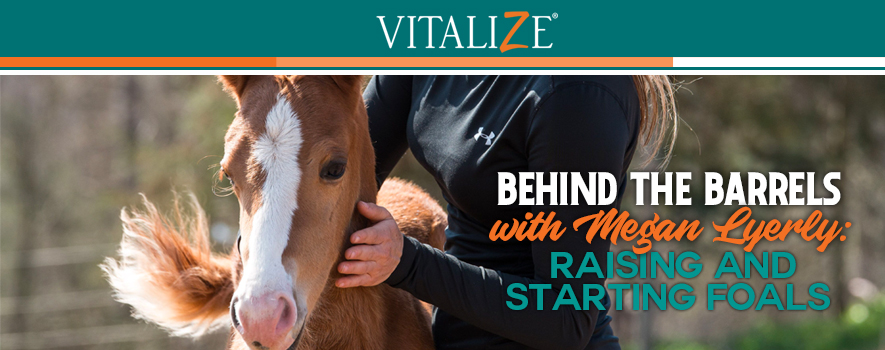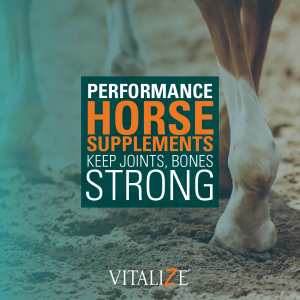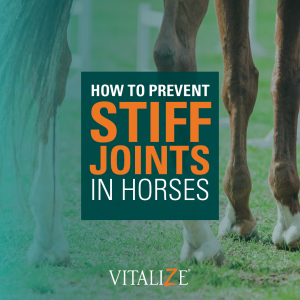For most people, there is nothing sweeter than a new born baby. The baby can be a human, chick, puppy, bunny or horse, and it will be considered the sweetest, most perfect being ever. No mistakes have been made yet, its skin, hair and eyes haven’t been damaged, scarred or bruised. The baby is simply perfect.
With foaling season upon us, barns and stables will be welcoming newborn foals. These sweet, beautiful animals no doubt will steal the hearts of their breeders and owners. However, getting them here is somewhat labor-intensive, costly and time-consuming. No matter what resources are involved, there is nothing quite as rewarding as breeding and raising your own horse.
Barrel racer and trainer Megan Lyerly, Stony Point, N.C., has ridden, trained and competed on hundreds of horses over her career. However, she decided several years ago, that she wanted to breed one of her favorite mares. She chose artificial insemination to breed the mare, and the result was a beautiful filly she named Lovet, that in 2018 won the SEBRA circuit, as a 6-year-old mare for its new owner in Maryland. Lyerly had so much fun training that foal from birth, that she opted to have another favorite mare, Shady, bred.
“It’s actually easier to buy one, but not as rewarding. Breeding and raising a horse is so much more personal. I was there for her first breath, quite literally, to breaking her, halter breaking her, every stage of her life was me. Making her competitive and finding someone to ride her and win a rodeo series with her is like – WOW – that is the most rewarding thing to me because I created this horse, and it means so much more to me than riding somebody else’s made-horse,” Lyerly said.
Lyerly said although the process was tedious and costly, she would like to breed Shady one more time to get another beautiful baby from her. She learned a lot from each process, and the rewards definitely outweigh the costs.
Sire Selection
Lyerly spent time doing her research when it came to select the studhorses she would use with each mare. Finding a high-performing barrel horse with good bloodlines, a winning record and attitude were some of the criteria she used when picking a stud for each of her mares.
“I wanted a winning stud horse, with outstanding structure, that was good on paper and one that would complement my mares,” Lyerly said.
Equally important to the sires’ performance and bloodlines is his fertility and ability to produce high-quality semen that will ship, and a breeder who was willing to work with Lyerly. She said that the semen is expensive, and with the short window when the mares come into heat, it is imperative to have a stallion that produces highly viable and volatile semen that will last the overnight shipping process, as most semen isn’t readily available just down the road, depending on your location.
She suggests asking the stallion’s owner about sperm count, viability, history of first catches versus rebreeds and their ability and willingness to overnight ship the semen to your destination.
“I chose the same breeder twice, Joleen Hales of Texoma Quarter Horses, because of her history. She has a reputation for being reliable. When you’re the one paying for the semen, shipping and collection fees, the investment gets expensive. This is a huge industry, especially the barrel horse industry, with lots of choices. Take your time and do your research,” she said.
Mare Preparation
Lyerly said that perhaps the most challenging part of breeding and raising her own foals was the timing of getting them bred once they came into heat and working with the vet to make sure they would catch. Timing is everything when breeding, especially when depending on the stallion owner to have the semen to your destination on time.
“It was a rush. Even though it was stressful and complicated to make sure I had all the timing right to make sure I was getting the mare to the vet on time, knowing when to order the semen when we A.I.-ed that first mare, it was still a very exciting process,” she said.
Prior to and after breeding, it is vital to make sure the mare is on a good plane of nutrition. Lyerly said the mare needs to have plenty of protein and alfalfa hay during gestation. Although she didn’t start feeding Vitalize® products until after her last colt was born, she would recommend the products to ensure a healthy gut and reduce stress during this stressful time the mare’s life.
A.I. vs E.T.
As with most species, advanced reproductive technologies like artificial insemination and embryo transfer offer the owners options when it comes to proliferating quality genetics.
Lyerly was originally planning E.T. for an older, maiden mare of hers that she had owned since the mare was three. When she took the mare into the embryologist, she learned that the mare’s anatomy had shrunk, and due to her age, she likely would not breed. Since Lyerly had paid for and prepared for the procedure, she decided to use the mare she was competing on, Shady, to breed and flush, and she has never regretted that decision.
“I would like to breed Shady again. She has great confirmation, so much heart, so much try. Carter looks just like her with her perfect confirmation, I’d really like to have another colt from her. I need to save some money first, and I want to keep competing on Shady so will wait a while,” she said.
Foaling and Final Results
“I was really nervous about foaling, but both mares had good pregnancies and foaled with no problems. That period of time when they are first born is the most crucial. Making sure they stand and get first colostrum. They are such little fragile babies. I worried about them getting hurt,” Lyerly said.
Much to Lyerly’s relief, neither foal experienced challenges. Since Carter, Shady’s colt, was born, she has discovered and started feeding Vitalize equine supplements. The colt has been on the Vitalize Equine Protein Pellet since he started eating grain.
“Knowing he’s on Vitalize has helped me trust that he’s growing and putting on weight and developing correctly. He’s been healthy and not getting sick. His coat is healthy and shiny,” she said.
Carter, who turned a yearling in late February, has been getting fed twice a day for growth because now is the most important time in his life, according to his breeder, owner and Vitalize Ambassador Lyerly.
“Some people believe they will grow just fine if you just put them out to the pasture, but I believe in good nutrition. He’s fed twice a day, gets good hay and the Vitalize has been good for him. I haven’t noticed him having diarrhea, especially when the green grass came in. His legs are straight, and he hasn’t had any hoof problems. Feet and legs are very important.”
Lyerly said her other horses are benefitting from the Vitalize products as well. The horses she competes on regularly are fed Vitalize Equine High Performance daily. When she is on the road competing, Shady gets Vitalize Equine Recovery Paste (transitioned to Vitalize® Equine Recovery Gel July 2019) and Vitalize Alimend® to provide her extra support when under stress. And the other mare she hauls also gets the benefits of the Recovery Paste due to the nervousness she experiences on the road. In addition, she has used the Vitalize Digest More® Plus on horses with digestive upset to see the problems go away in a few short weeks.
“Digest More Plus really impressed me, and I’ve used it on other horses with positive outcomes. I think they are all great products. I am not going to promote a product that doesn’t work,” Lyerly said.
Although she has experienced the anxiety and the joy of being a horse breeder, experiencing the first sweet breaths of a newborn foal and seeing her mating choice become a winning barrel horse, what Lyerly really enjoys most is starting a new barrel horse regardless if it’s one she raised or not.
“My favorite part is getting them going the first month or two on the pattern when they first start learning the pattern, and I really see what their ability is going to be. How are they going to learn and how will they handle their body? How are they going to learn and listen to you on where to put their feet and where to put their face?”


